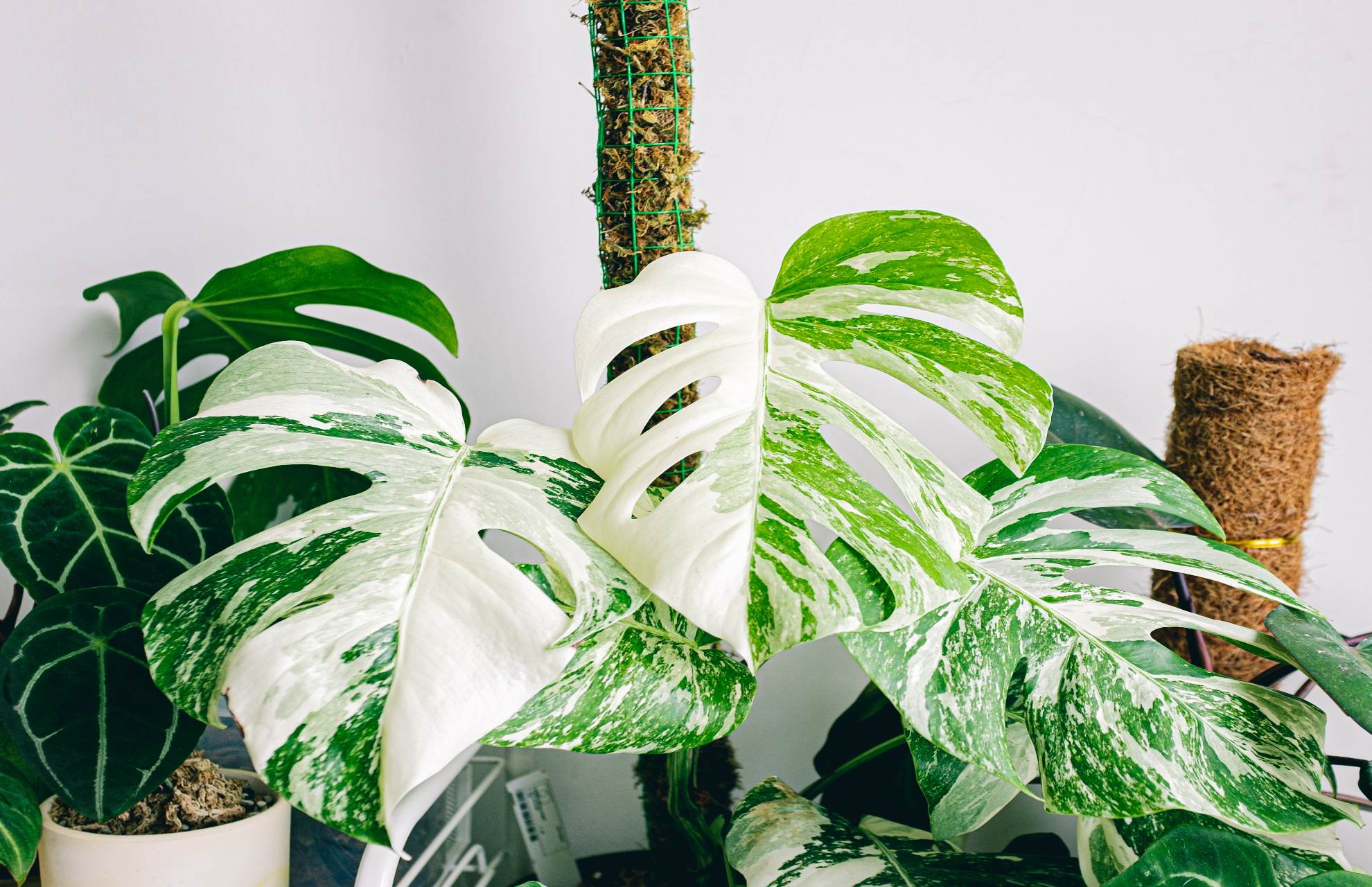In homes all over the world, ZZ Plants, also known as Zamioculcas Zamiifolia, are rapidly gaining popularity. Many people want to know if ZZ plants can survive outside or if it’s a good idea to leave them outside during the summer to get more fresh air. ZZ plants can be grown outdoors in zones 10 to 12 in locations with filtered light and porous soil. If you read this article, you can discover how to outdoor-plant ZZ plants.
Will A ZZ Plant Survive There?
Since ZZ plants are herbaceous perennials, they die back to the soil’s surface after being planted and then sprout again in the spring. They originated in eastern Africa’s dry grasslands and forests. They prefer warm temperatures and, in many places, cannot survive the winter.
ZZ plants, also known as Zamioculcas Zamiifolias, thrive in temperatures between 65° and 75°F (18° and 24°C) during the day and not much lower at night. Although they can survive without it, they prefer humid environments.
Between USDA zones 9 and 10, they are best kept outside. ZZ plants can thrive planted in soil outdoors if you live in either of those two zones.
In the US, unless you reside in the deep south, it’s unlikely that you can grow your ZZ outdoors all year long. In many places, though, they thrive when placed outside in a container during the warm months of the year.
Can ZZ Plants Be Grown Outdoors In The Summer?
Whatever name you give it, the ZZ plant seems to be a true gem of a plant for the house or workplace. It is only hardy to USDA Hardiness Zone 9, but it can be grown outdoors in the summer. (Zone 6 contains Lawrence.) ZZ plants don’t need much water or fertilizer and can tolerate low light levels.
The Best Outdoor Location For A ZZ Plant
ZZ plants are sometimes misrepresented as not requiring any light at all. It is untrue, plain and simple. To efficiently complete the photosynthesis process and produce food for themselves, all plants require light. The same is true for ZZ plants.
ZZ plants are tolerant of very low light, but I think they thrive in settings with moderate to strong indirect light. If you place it in a location that receives direct sunlight, your plant will experience the equivalent of a sunburn. Instead, choose a location that is mostly shaded or that only receives filtered sunlight.
ZZ plants thrive in bright, shaded, or covered outdoor spaces where the sun never directly hits their leaves. A covered patio or porch would be the ideal location. On a shelf outside my front door, I have a few.
If you want to plant a ZZ directly into the ground and you live in zones nine or ten, be sure to situate it somewhere between full shade and morning shade.
How To Care For ZZ Plants Outside?
Temperature

ZZ plants grow best between 60 and 75 degrees Fahrenheit at a humidity level of about 50%. Keep your ZZ plant out of areas with temperatures below 45 degrees Fahrenheit, and if your home’s air is particularly dry in the winter, think about putting it close to a humidifier. Repot ZZ plants each spring.
Light
ZZ plants can’t stand it when sunlight directly hits their leaves. Your plant will start to slightly discolor when exposed to direct sunlight. The leaves will first change to paler green, then to yellow, and finally to red.
Eventually, they may begin to show small burn spots, a similar equivalent to a human sunburn.
Move your outdoor ZZ to an area with less sunlight if you notice any of these problems. Plants are sensitive to abrupt changes in the environment, so I prefer to move them gradually over a few days as opposed to all at once.
Water More Frequently Outdoors In The Summer
While our ZZ plants can survive indoors with just one watering per two weeks, they will require more care from you when they are outside. Even indoors, ZZs need more water during the warmer months of the year when they are in their growing season.
You will therefore need to water them more when you place them in a warmer, more humid outdoor environment.
Before watering your ZZ plant, I like to make sure the top inch of soil is completely dry. Your plant should never be kept in wet or soggy soil, even though it will require more water in the summer.
ZZs require space between waterings so that their soil can dry out. The top inch or two of soil should only be dry before you water your plant once more.
Fresh Air
In outdoor containers that are brought indoors for the winter, I’ve seen some of the healthiest, largest ZZs I’ve ever seen. When I began noticing this, I asked my husband to construct a shelf for our porch so that I could keep a few of my favorite summertime plants there.
Observe your plant thrive all summer long if you’ve been thinking about bringing it outside.
Water More Frequently Outdoors In The Summer
While our ZZ plants can survive indoors with just one watering per two weeks, they will require more care from you when they are outside. ZZs need more water even indoors during the warmer months of the year when they are in their growing season.
You will therefore need to water them more when you place them in a warmer, more humid outdoor environment.
Sun
ZZ plants thrive in fluorescent lighting found in commercial buildings and offices because they grow best in lots of indirect light (direct sunlight can scorch the leaves).
Final Words
Can you leave these adorable plants outside all year? Whatever name you give it, the ZZ plant seems to be a true gem of a plant for the house or office. Although it is only hardy to USDA Hardiness Zone 9, it can be grown outside in the summer.
Read: Is The ZZ Plant Poisonous for Cats, Dogs or Other Pets









